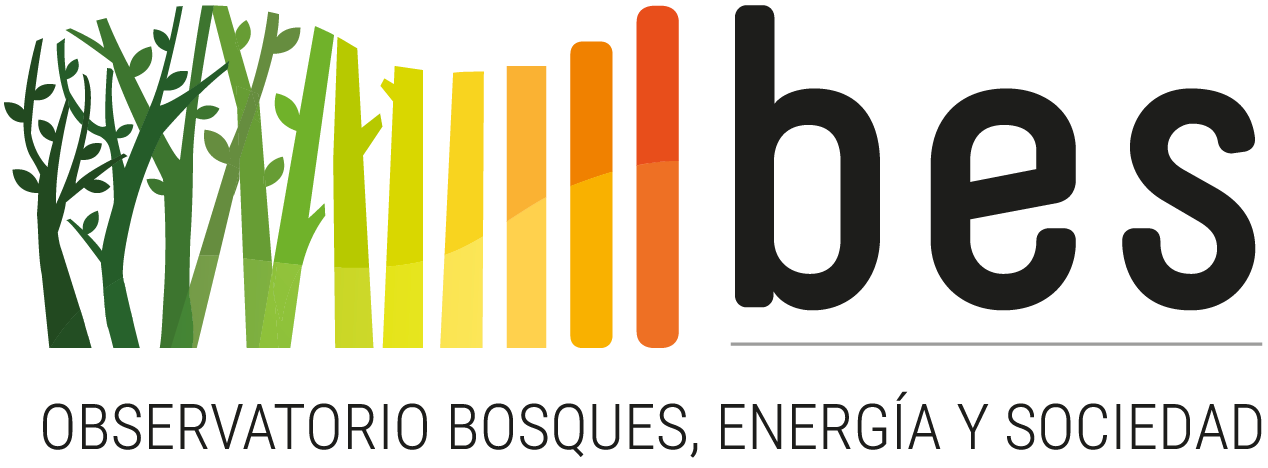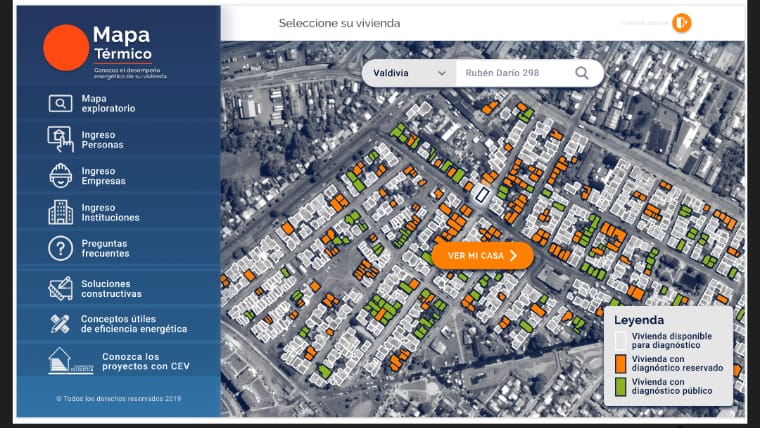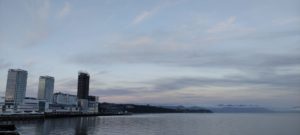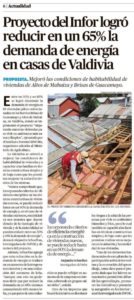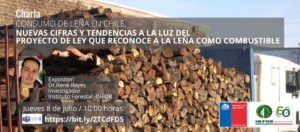This collaborative work seeks to provide an enriching experience for students. Likewise, it intends to gather preliminary information about the neighborhoods with regard to the features of the houses, their inhabitants, and the patterns of energy use. Additionally, it would be the first step to manage larger scale projects, thus showing the importance of having data that enhance the thermal improvements of houses and support the implementation of public policies.
In Osorno, specific work is already being carried out in collaboration with INACAP, AIEP, and Universidad Los Lagos. Accordingly, the most relevant aspect is the necessary coordination to link the topics addressed by Mapa Térmico with the different subjects offered by the universities and the higher education centers. The work is beginning in Coyhaique, and it is expected to achieve the necessary coordination to develop a pilot project in that area.
They are mainly two work lines. The first one consists of jointly collecting on-site data from the neighborhoods to characterize energy consumption and the potential increase in energy efficiency of the houses. The second one focuses on the contribution made by students and their understanding to implement improvements or new tools on the platform.
“In the case of Osorno, we are working with a group of students from INACAP who is developing a mobile app of Mapa Térmico. Likewise, other research team from Universidad Los Lagos has data about pollution in Osorno, which could be incorporated into the app. Moreover, students from AIEP will support the collection of information conducting surveys and keeping records of the building typologies of the neighborhoods”, claimed Alejandra Schueftan, manager at INFOR Los Ríos.
